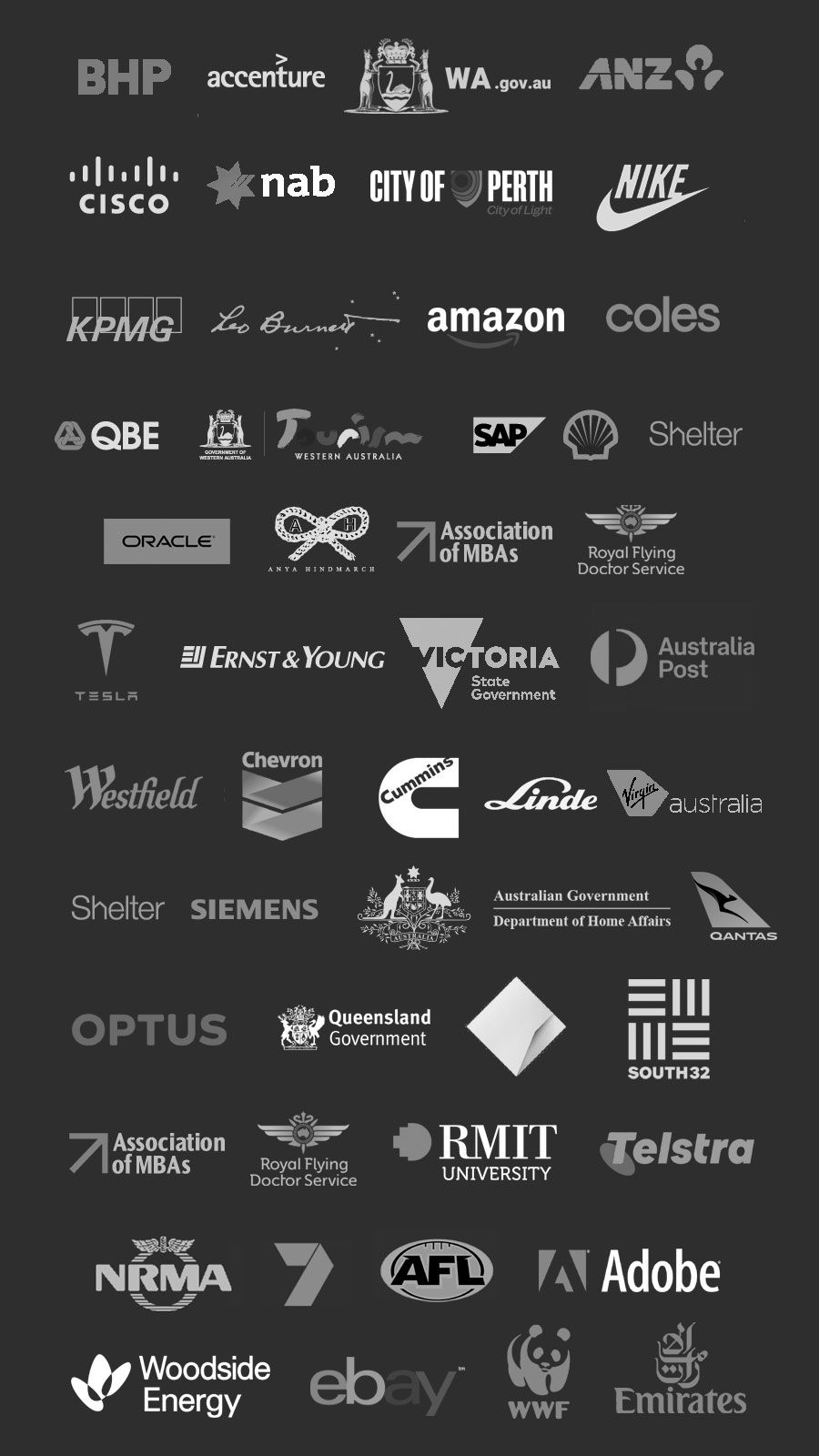A Master CV captures all relevant experience, skills, achievements, job history, and references. It serves as an memory-aid and provides a strategic foundation to act quickly and decisively, enabling you to align each application precisely with an employer’s needs. This is especially valuable if you’re keeping your options open or considering a move into a different sector.
What Is a Master CV?
A Master CV serves as a comprehensive repository of your entire professional history, skills, and achievements. It is a living document that is never submitted to employers directly but instead acts as a reference for creating bespoke resumes suited to specific roles. By keeping all relevant details in one place, it ensures that no valuable information is overlooked when preparing applications, LinkedIn profiles, or capability statements.
Why Have a Master CV?
- Responsiveness - Act immediately as opportunities arise by having all details readily available.
- Customisation - Use it to create bespoke resumes by selecting the most relevant accomplishments, experiences, and skills for each job application.
- Career Reflection - Periodically review it to evaluate career progress, identify skill gaps, or plan professional development.
- Support for Other Documents - Draw on it for creating capability statements, board applications, or consultancy proposals.
The Key Challenges That a Master CV Addresses
⇒ Procrastination or Lack of Strategic Focus
Many executives find themselves unprepared when opportunities arise, submitting a rushed, generic resume and a hastily adapted cover letter. At senior level, employers expect a resume that is directly relevant and aligned with the role’s strategic demands; not a general document accompanied by a speculatively persuasive note.
⇒ Difficulty Presenting Transferable Skills
Executives exploring new sectors often struggle to make their transferable skills relevant, clear, and convincing. A Master CV gives you the space and structure to identify these skills and express them effectively and in context, aligning with the employer’s selection criteria.
⇒ Framing Accomplishments Around Employer Needs
Describing achievements in a way that resonates with a prospective employer is rarely straightforward. A Master CV allows you to catalogue accomplishments with context, making it easier to reframe and align them with the expectations of different employers.
For senior executives, this resource is essential. It enables you to:
- Frame accomplishments in context – A strong executive resume must convey results, not just responsibilities, roles, budgets, or headcounts. A Master CV helps catalogue achievements in a way that aligns with the challenges and objectives of prospective employers.
- Demonstrate transferable skills – For those seeking to move into a new sector or shift professional focus, a Master CV provides the structure to articulate relevant skills and experience clearly and credibly.
- Respond strategically to opportunities – Executives are equipped to respond quickly and decisively to high-value opportunities, without the need to reconstruct their career narrative under pressure.
- Avoid the generic trap – By maintaining a comprehensive professional record, a Master CV enables the creation of bespoke applications that meet the specific needs of each role and organisation.
As my book The C-Suite Interview Playbook explains, relevance to selection criteria, both explicit and implicit, is the defining measure of a successful executive application. A Master CV supports a strategic, well-prepared, and considered approach to presenting an executive’s value and securing interviews.
My Two-Phase Executive Career Strategy Service
These customised consultancy packages are designed to provide expert guidance and ongoing support, helping you take control of your career direction and improve outcomes in a highly competitive market. If you have specific goals, challenges, or preferences, we can adapt the process to meet your needs. This is a collaborative service, shaped around your ambitions.
Phase 1 – Master CV Development Package
- Initial Consultation – We begin with a detailed discussion of your career goals, strengths, sector experience, and future direction. This forms the foundation of your Master CV.
- Master CV Creation – I personally develop a comprehensive Master CV that captures your career history, qualifications, accomplishments, and references in a format that is ready to adapt for any role.
- Accomplishment Identification – Together, we identify the defining achievements of your career; those that demonstrate your strategic value to future employers.
- Accomplishment Honing – I help you frame and refine these accomplishments so they align with the expectations of senior decision-makers and influencers.
- Strategy Development – We clarify your target roles, understand what employers are looking for, and highlight the achievements and attributes that will set you apart.
- Pitching Guidance – I will guide you on how to articulate your value, both in writing and during recruitment conversations, so you can present with confidence and clarity.
Phase 2 – How to Use It: Job Application Alignment
- Job Opportunity Assessment – I help you evaluate opportunities as they arise, aligning them with your goals and advising where to focus your efforts.
- Customised Applications – I will create a bespoke resume and cover letter for two specific roles, drawing from your Master CV and positioning your strengths in line with the employer’s needs.
- Pitch Strategy – We develop an elevator pitch that communicates your accomplishments with clarity and relevance to each opportunity.
- Networking Strategy – We enhance your LinkedIn profile to connect with decision-makers in your target sector, opening new routes to opportunity.
- Ongoing Support – You will have continued support across both phases, including advice on live roles, application refinement, and broader career strategy.







